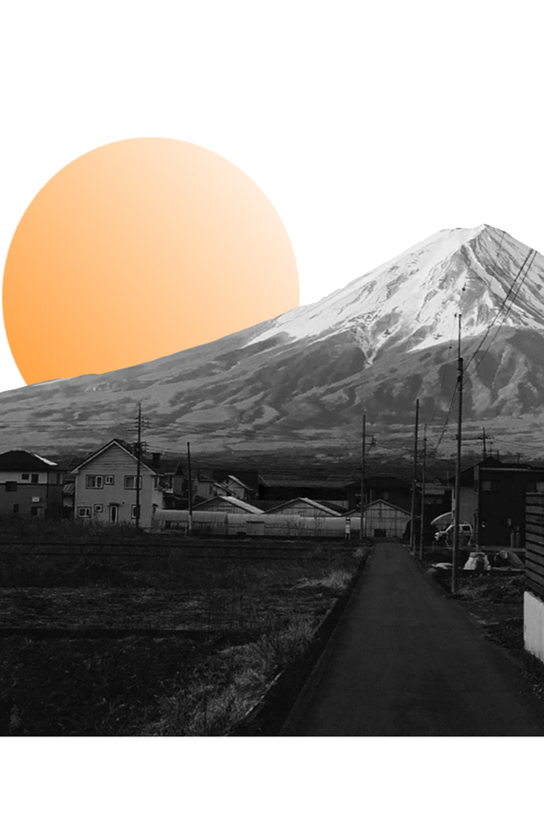Key Service Offerings
Ravenry delivers strategic research solutions to help businesses understand markets, outmaneuver competitors, and unlock new growth opportunities. We provide actionable insights to drive smarter decisions.

Market Landscape Study
Understand the full picture from market sizing to supply chains and macro trends.
Competitor Deep Dive
Uncover strategic gaps, pricing models, and growth opportunities with insider-level intelligence.
Growth & Innovation Research
Test new ideas, validate demand, and explore untapped segments before launch.






Key Service Offerings
Ravenry delivers strategic research solutions to help businesses understand markets, outmaneuver competitors, and unlock new growth opportunities. We provide actionable insights to drive smarter decisions.

Market Landscape Study
Understand the full picture from market sizing to supply chains and macro trends.
Competitor Deep Dive
Uncover strategic gaps, pricing models, and growth opportunities with insider-level intelligence.
Growth & Innovation Research
Test new ideas, validate demand, and explore untapped segments before launch.
Reinventing Market Research for the Modern World
Since 2018, Ravenry has helped startups, corporates, and governments uncover fast, relevant insights. With over 3,000 projects completed and a global network of 300+ vetted researchers, we deliver localized intelligence that drives smart decisions.
3,000+
Projects
300+
Researchers
300+
Clients
Our clients value our unique strength in combining the agility of a startup with the depth of a consulting firm
Strong APAC Network
We collaborate with vetted local experts across APAC, giving us access to key decision-makers and deep insights into regional business, regulations, and culture.
Commercial Impact Driven
Our commercially driven team brings deep business and entrepreneurial expertise, focusing on insights that drive strategic, financial, and sustainable impact.
Agile and Tech-Enabled
Our flexible, tech-enabled research delivers faster, smarter insights by combining modular methods with expert collaboration to drive growth and innovation.
Ravenry specialises in qualitative research, B2B insights, and supporting the idea incubation journey
Specialised in Qualitative Research
We specialise in in-depth interviews, focus groups, and mystery shopping — going beyond data to uncover hidden motivations, perceptions, and trends.
Qualitative research is the best method to capture deeper insights into behaviour, intent, and strategy — answering the why and the how.
Focused on B2B Products & the Idea Incubation Stage
Covering various industries and topics, we are particularly strong in the idea incubation stage of digital products and service offerings, with deep knowledge of B2B market dynamics and competitive intelligence.
We use adaptable research frameworks to serve various industries and business models.

Discover Free Market Insights
Access our curated library of research reports from emerging trends to sector deep dives. Get the data you need to make confident, informed decisions.
Loading insights...
Learn why organizations across industries choose
Ravenry as their trusted partner.

Ravenry's work has been vital in the development of the framework for the regional ecosystem hub for AIS Blue Hub! Their expertise enabled us to create a detailed and actionable framework that is not only innovative but also practical for immediate implementation. The final deliverable surpassed our expectations and has set a robust foundation for sustainable growth and collaboration within our community.
Marsella
AIS Blue Startup Hub Coordinator Archipelagic

As we navigated the complexity of business needs, Ravenry supported us in completing the big picture by benchmarking against global trends and analyzing the competitive landscape. The insights Ravenry brought were pivotal in determining action items to improve our business strategy.
Rahmatia
Lead Market Intelligence Growth & Expansion

The Ravenry team has been a pleasure to work with. They are professional, knowledgeable, and have a strong understanding of client needs — even when limited information is provided. Their ability to recommend practical solutions shows a genuine effort to understand both the client and the objectives.
Dhruv
Senior Product Manager, APAC Media Solutions

Rise with Better Insights
From market entry to innovation testing, we deliver research that drives real business impact. Reach out to explore how we can support your next move.

